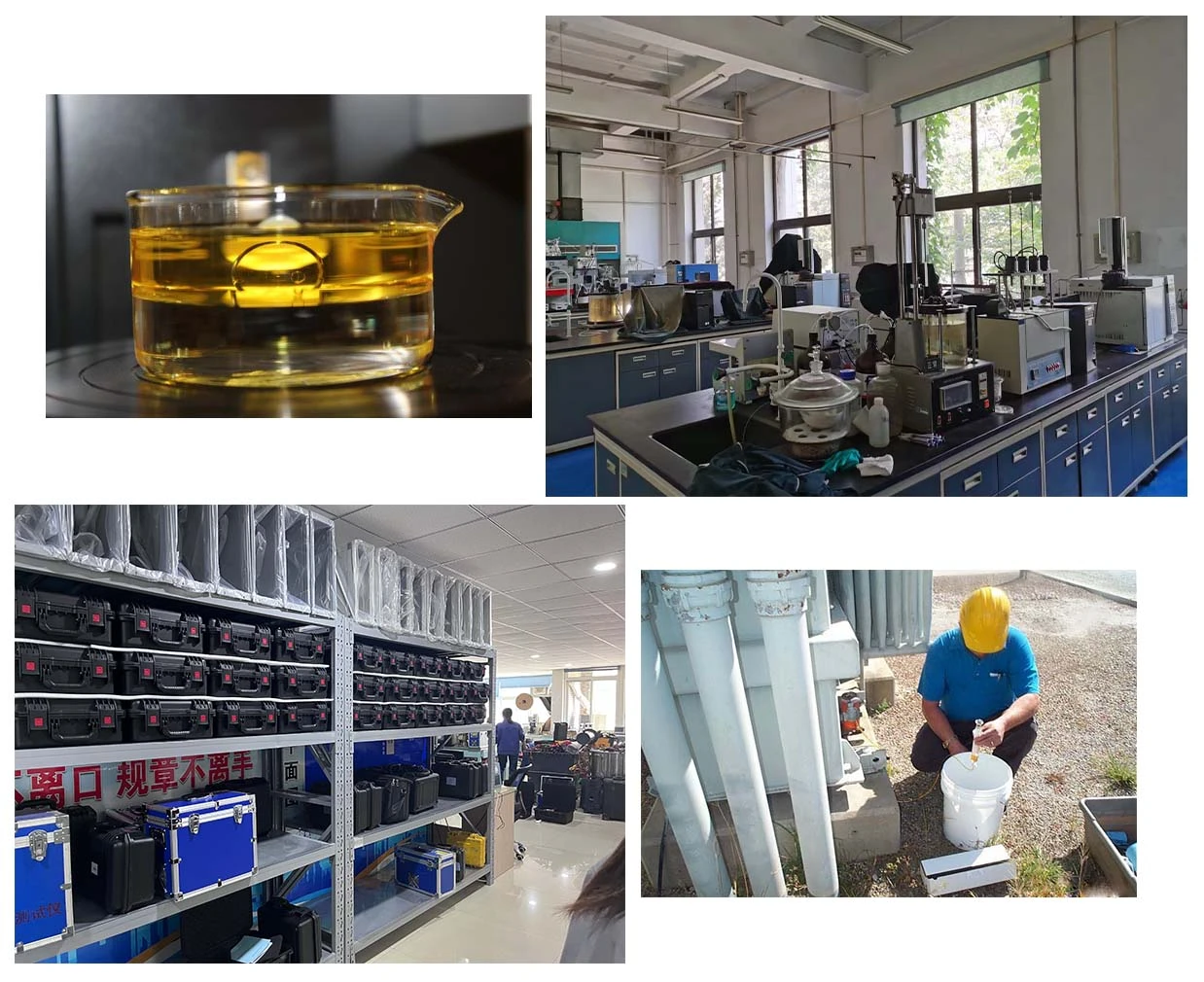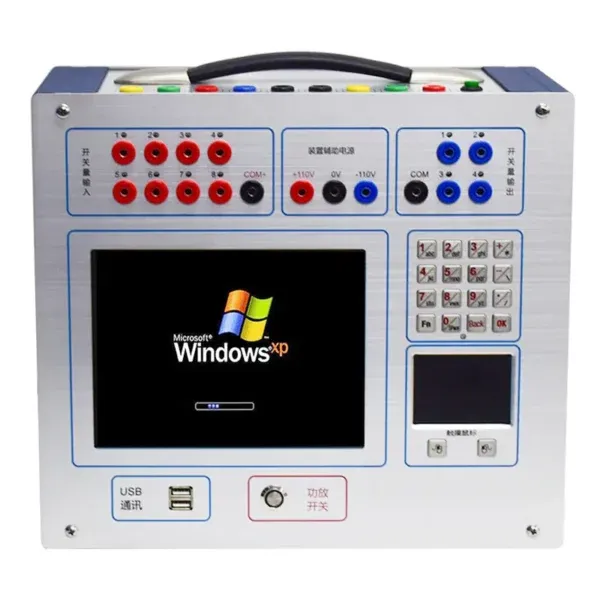 English
English



-
 Afrikaans
Afrikaans -
 Albanian
Albanian -
 Amharic
Amharic -
 Arabic
Arabic -
 Armenian
Armenian -
 Azerbaijani
Azerbaijani -
 Basque
Basque -
 Belarusian
Belarusian -
 Bengali
Bengali -
 Bosnian
Bosnian -
 Bulgarian
Bulgarian -
 Catalan
Catalan -
 Cebuano
Cebuano -
 China
China -
 China (Taiwan)
China (Taiwan) -
 Corsican
Corsican -
 Croatian
Croatian -
 Czech
Czech -
 Danish
Danish -
 Dutch
Dutch -
 English
English -
 Esperanto
Esperanto -
 Estonian
Estonian -
 Finnish
Finnish -
 French
French -
 Frisian
Frisian -
 Galician
Galician -
 Georgian
Georgian -
 German
German -
 Greek
Greek -
 Gujarati
Gujarati -
 Haitian Creole
Haitian Creole -
 hausa
hausa -
 hawaiian
hawaiian -
 Hebrew
Hebrew -
 Hindi
Hindi -
 Miao
Miao -
 Hungarian
Hungarian -
 Icelandic
Icelandic -
 igbo
igbo -
 Indonesian
Indonesian -
 irish
irish -
 Italian
Italian -
 Japanese
Japanese -
 Javanese
Javanese -
 Kannada
Kannada -
 kazakh
kazakh -
 Khmer
Khmer -
 Rwandese
Rwandese -
 Korean
Korean -
 Kurdish
Kurdish -
 Kyrgyz
Kyrgyz -
 Lao
Lao -
 Latin
Latin -
 Latvian
Latvian -
 Lithuanian
Lithuanian -
 Luxembourgish
Luxembourgish -
 Macedonian
Macedonian -
 Malgashi
Malgashi -
 Malay
Malay -
 Malayalam
Malayalam -
 Maltese
Maltese -
 Maori
Maori -
 Marathi
Marathi -
 Mongolian
Mongolian -
 Myanmar
Myanmar -
 Nepali
Nepali -
 Norwegian
Norwegian -
 Norwegian
Norwegian -
 Occitan
Occitan -
 Pashto
Pashto -
 Persian
Persian -
 Polish
Polish -
 Portuguese
Portuguese -
 Punjabi
Punjabi -
 Romanian
Romanian -
 Russian
Russian -
 Samoan
Samoan -
 Scottish Gaelic
Scottish Gaelic -
 Serbian
Serbian -
 Sesotho
Sesotho -
 Shona
Shona -
 Sindhi
Sindhi -
 Sinhala
Sinhala -
 Slovak
Slovak -
 Slovenian
Slovenian -
 Somali
Somali -
 Spanish
Spanish -
 Sundanese
Sundanese -
 Swahili
Swahili -
 Swedish
Swedish -
 Tagalog
Tagalog -
 Tajik
Tajik -
 Tamil
Tamil -
 Tatar
Tatar -
 Telugu
Telugu -
 Thai
Thai -
 Turkish
Turkish -
 Turkmen
Turkmen -
 Ukrainian
Ukrainian -
 Urdu
Urdu -
 Uighur
Uighur -
 Uzbek
Uzbek -
 Vietnamese
Vietnamese -
 Welsh
Welsh -
 Bantu
Bantu -
 Yiddish
Yiddish -
 Yoruba
Yoruba -
 Zulu
Zulu
High-Precision Gas Chromatography & Petroleum Colorimeter Solutions
- Introduction to Analytical Instrumentation in Modern Industries
- Technical Advancements in Gas Chromatography Systems
- Competitive Analysis: Leading Manufacturers Compared
- Tailored Solutions for Specific Industry Requirements
- Case Study: Petroleum Color Analysis in Refinery Operations
- Future Trends in Chromatographic Product Development
- Optimizing Laboratory Workflows with Integrated Systems

(gas chromatography products)
Understanding Analytical Instrumentation for Modern Quality Control
Industrial laboratories require precision instruments like gas chromatography products
and petroleum colorimeters to maintain compliance with ASTM and ISO standards. The global chromatography market reached $11.3 billion in 2023, with petroleum testing equipment accounting for 28% of total sales. These tools enable accurate measurement of hydrocarbon composition, octane ratings, and contaminant levels within 0.01-5 ppm detection ranges.
Technical Specifications Driving Instrument Selection
Modern GC systems achieve separation efficiencies exceeding 500,000 theoretical plates, with flame ionization detectors (FID) delivering ≤1 ppb detection limits. Key performance metrics include:
| Feature | Agilent 8890 | Shimadzu Nexis | Thermo TRACE 1600 |
|---|---|---|---|
| Max Temperature | 450°C | 420°C | 400°C |
| Analysis Speed | 38 samples/hr | 32 samples/hr | 45 samples/hr |
| Detector Options | 5 | 4 | 6 |
| Price Range | $52,000-$78,000 | $48,500-$69,000 | $61,200-$82,000 |
Manufacturer Capabilities and Service Networks
Agilent Technologies maintains 92% customer satisfaction across 146 countries, while Shimadzu’s GC-MS systems dominate 34% of the Asian pharmaceutical market. Thermo Fisher’s recent acquisition of Patheon expanded their on-site maintenance coverage to 78 industrial zones globally.
Custom Configuration for Specialized Applications
Modular GC configurations now support:
- High-pressure (≤150 psi) refinery gas analysis
- Cryogenic (−80°C) VOC detection modules
- Automated ASTM D6045 colorimeter calibration
Real-World Implementation in Energy Sector
A Middle Eastern refinery reduced analysis time by 42% after implementing Agilent’s 7890B GC with Petrocol DH 150m columns. Their weekly throughput increased from 380 to 540 crude oil samples, achieving 99.2% compliance with EN 228 fuel specifications.
Emerging Technologies in Separation Science
Microfluidic GC detectors (2026 projected CAGR: 9.8%) now enable portable field analysis with 85% correlation to lab-grade systems. Recent advancements in stationary phase chemistry have extended column lifetimes by 300 operational hours.
Streamlining Petrochemical Analysis Through Integration
Combining gas chromatography products with automated colorimeters reduces duplicate testing by 67% in quality control workflows. The latest LIMS-compatible GC software packages cut data reporting time from 25 to 8 minutes per batch, ensuring real-time monitoring of petroleum product parameters.

(gas chromatography products)
FAQS on gas chromatography products
Q: What are the primary applications of gas chromatography products?
A: Gas chromatography products are widely used for separating and analyzing volatile compounds in industries like environmental monitoring, pharmaceuticals, and petrochemicals. They help identify chemical components in complex mixtures. These products ensure high precision and reliability in analytical workflows.
Q: How do gas chromatography products differ from colorimeters for petroleum products?
A: Gas chromatography separates and quantifies chemical compounds in a sample, while colorimeters measure color intensity, often used for petroleum product quality checks. GC products are ideal for detailed compositional analysis. Colorimeters focus on specific properties like hue or absorbance in liquids.
Q: Can colorimeters for petroleum products be integrated with gas chromatography systems?
A: While they serve different purposes, some workflows may use both tools for comprehensive analysis. Gas chromatography identifies chemical composition, and colorimeters assess color-based quality parameters. Integration depends on specific testing requirements.
Q: What maintenance is required for gas chromatography products?
A: Regular maintenance includes replacing inlet liners, cleaning detectors, and calibrating with standards. Proper column care and leak checks are essential. Follow manufacturer guidelines to ensure optimal performance and longevity.
Q: Why are gas chromatography products critical in petroleum industries?
A: They analyze hydrocarbon mixtures, detect contaminants, and ensure fuel compliance with regulations. GC products provide detailed data on composition and purity. This supports quality control and research in petroleum refining and testing.
-
Testing Equipment Industry Sees Major Advancements in 2025: Smart & Precision Technologies Lead the WayNewsJun.06,2025
-
Applications of Direct Current Generators in Renewable Energy SystemsNewsJun.05,2025
-
Hipot Tester Calibration and Accuracy GuidelinesNewsJun.05,2025
-
Digital Circuit Breaker Analyzer Features and BenefitsNewsJun.05,2025
-
Benefits of Real-Time Power Quality Monitoring Devices for Industrial EfficiencyNewsJun.05,2025
-
Earth Fault Loop Testing in High-Rise Building Electrical SystemsNewsJun.05,2025



